Introduction
Smart security cameras have revolutionized home security by offering a powerful blend of convenience, advanced technology, and remote monitoring. Unlike traditional CCTV systems, today’s smart cameras can connect to your Wi-Fi, provide real-time alerts, and integrate seamlessly with your other smart home devices. This guide will walk you through everything you need to know about smart security cameras, from their essential features to their benefits, and help you make an informed choice for your home security needs.
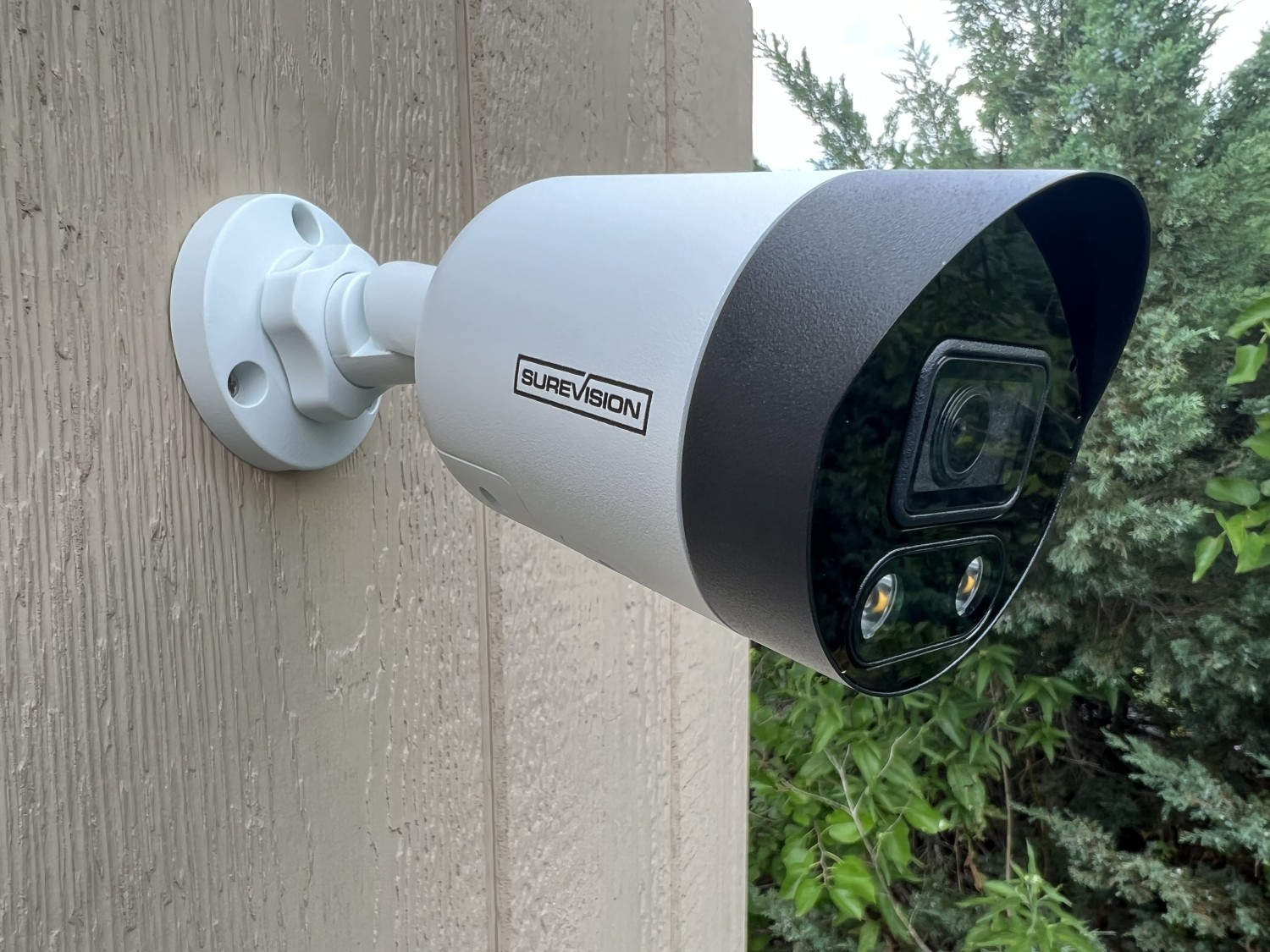
1. What Are Smart Security Cameras?
Smart security cameras are high-tech surveillance devices that go beyond traditional recording. Equipped with Wi-Fi connectivity, smart cameras allow users to monitor their homes remotely, access real-time footage, receive alerts, and interact with other smart devices. These cameras often come with HD resolution, night vision, motion detection, and many offer cloud storage and AI capabilities to enhance security and reduce false alerts.
2. Key Features of Smart Security Cameras
Understanding the key features of smart security cameras can help you determine which options are best suited for your needs:
-
High-Definition (HD) and 4K Resolution
Many smart cameras offer HD (1080p) or even 4K resolution, providing clear, detailed images that can capture small details, such as facial features and license plates. -
Night Vision and Low-Light Performance
A good smart security camera should have infrared night vision or enhanced low-light capabilities, which ensure clear images even in complete darkness. -
Two-Way Audio
Two-way audio allows users to communicate with individuals on the camera’s other side, making it useful for answering visitors or warning potential intruders.
Motion Detection and Activity Zones.
Motion detection is a crucial feature that triggers alerts when movement is detected. Advanced cameras allow users to set specific "activity zones" so that the camera only monitors select areas, reducing false alarms from irrelevant motion.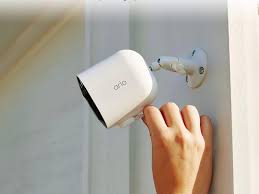
-
AI and Person Detection
AI capabilities, such as person, pet, and vehicle detection, help differentiate between movement types and reduce unnecessary notifications. -
Cloud and Local Storage
Many cameras offer both cloud storage for recorded footage and the option for local storage using SD cards, providing flexibility in video storage preferences. -
Smart Home Integration
Integration with platforms like Alexa, Google Assistant, and Apple HomeKit allows users to control their cameras with voice commands and sync them with other smart devices for a seamless home automation experience.
3. Types of Smart Security Cameras.
Smart security cameras come in various types to cater to different needs:
-
Indoor Cameras
Indoor cameras are designed for monitoring the interior of a home and are usually compact and discreet. These cameras can be placed on shelves or mounted on walls to monitor entryways or high-traffic areas. -
Outdoor Cameras
Outdoor cameras are weather-resistant, rugged, and often equipped with extended-range night vision to capture activity around the perimeter of your home. They are designed to withstand various weather conditions and offer enhanced durability. -
Doorbell Cameras
Doorbell cameras are ideal for monitoring who is at your door. They often come with features like two-way audio and visitor alerts, allowing homeowners to answer their door remotely and keep an eye on deliveries.
Floodlight Cameras
Combining a camera with a floodlight, these models light up the area when motion is detected, offering an extra layer of security by illuminating dark areas while recording activity.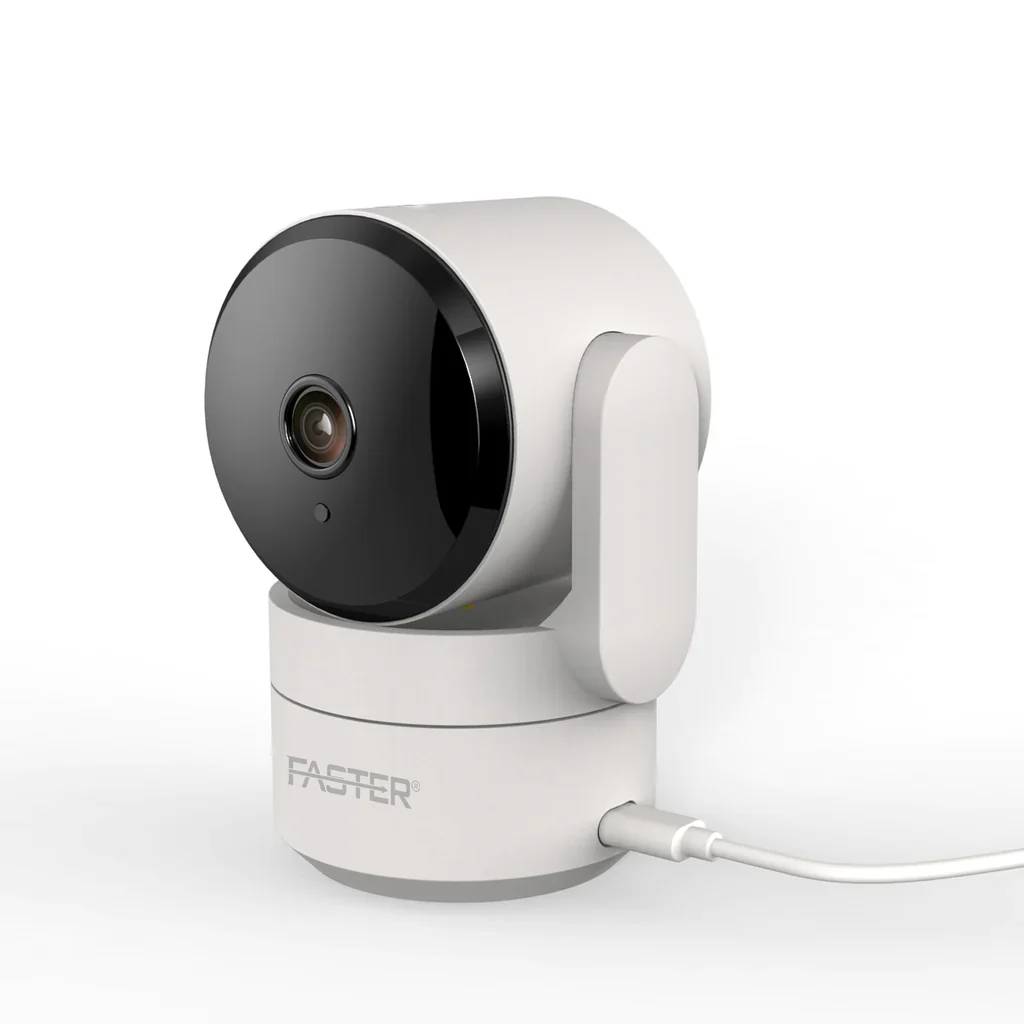
4. Benefits of Using Smart Security Cameras.
-
24/7 Monitoring and Real-Time Alerts
Smart cameras provide peace of mind by allowing constant monitoring and delivering instant alerts if any unusual activity is detected. This ensures you are always aware of what’s happening around your home, even when you’re away. -
Deterrent for Intruders
Visible security cameras can deter intruders from targeting your home. Certain models even come with sirens or lights that activate upon detecting motion, discouraging unwanted visitors. -
Improved Home Insurance Rates
Many insurance providers offer discounts on premiums for homes equipped with security systems, including smart cameras. A properly installed smart camera system can provide a clear record of incidents, aiding in insurance claims. -
Remote Control and Monitoring
By connecting through an app, smart security cameras let you monitor your home from anywhere, granting you control over settings, motion alerts, and live footage at your convenience.
Integration with Smart Home Ecosystems.
Smart security cameras can be integrated with other smart devices, such as lights and alarms, to create a comprehensive security system, allowing you to automate various home security tasks.
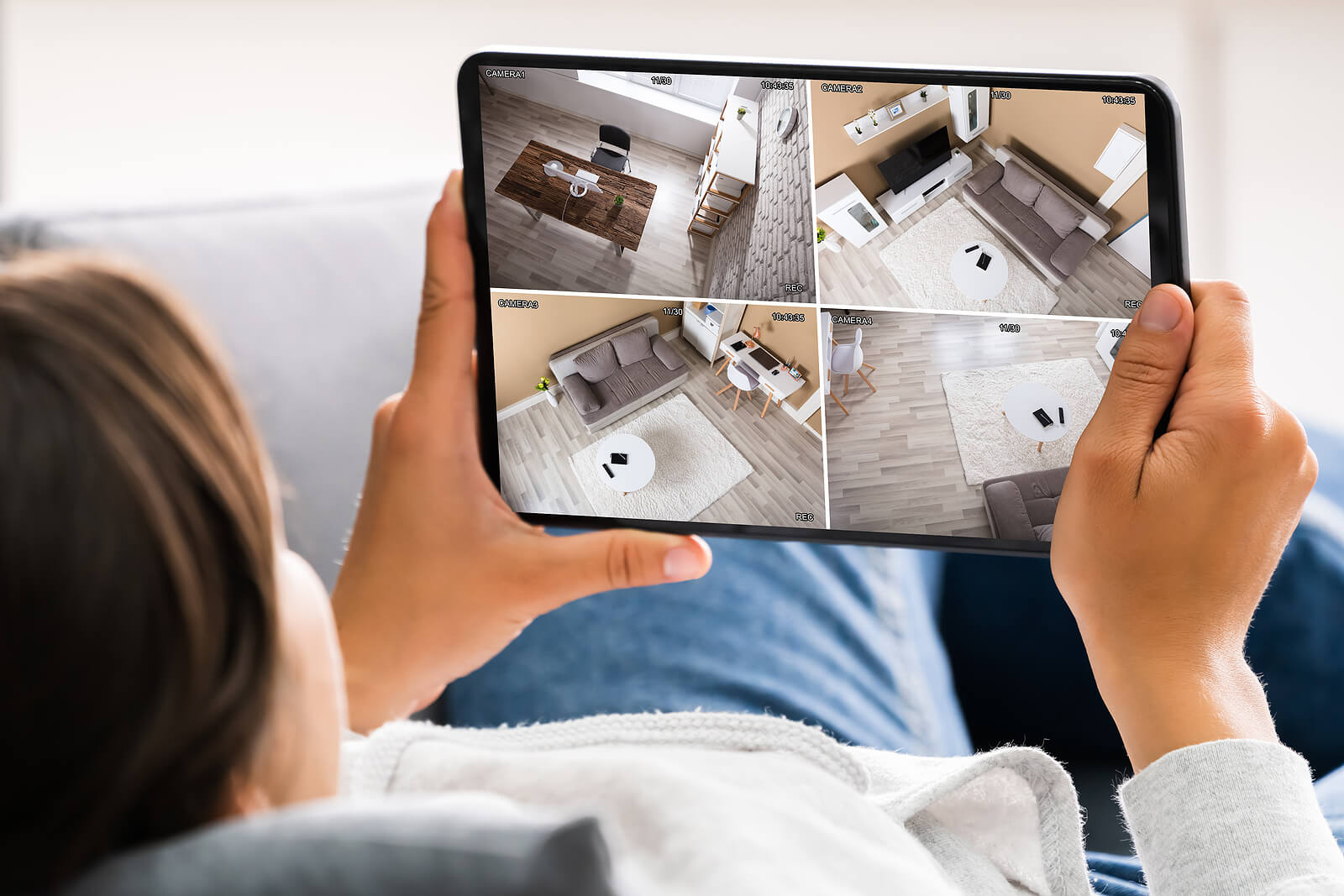
5. Factors to Consider When Choosing a Smart Security Camera.
-
Location and Placement
Determine where you want to install the camera. Indoor cameras are great for monitoring entry points inside, while outdoor models need to be weatherproof and have wide-angle views to cover larger areas. -
Video Quality
Look for cameras with at least 1080p resolution, and consider a 4K camera if you need higher detail for larger properties. -
Connectivity
Wi-Fi-enabled cameras are standard, but it’s worth checking if the camera supports dual-band connectivity (2.4 GHz and 5 GHz) for better signal stability. -
Power Source
Decide between battery-operated, wired, and solar-powered cameras. Battery-operated cameras are more flexible in terms of placement, while wired cameras require less maintenance but need to be near a power source.
Storage Options
Choose between cloud storage, local storage, or a hybrid option. Some people prefer cloud storage for its accessibility, while others may choose local storage for greater privacy.

6. Privacy and Security Concerns.
Smart security cameras come with privacy and security implications. When choosing and setting up a smart security camera, it’s essential to address these concerns:
-
Data Encryption
Look for cameras with strong encryption protocols, ensuring that data sent between your camera and the cloud is secure. -
Two-Factor Authentication (2FA)
Many camera apps offer two-factor authentication, which adds an extra layer of security to prevent unauthorized access. -
Privacy Zones
Some cameras allow users to set "privacy zones," areas that the camera will ignore in its field of view. This is useful for overlooking private areas of your home. -
Regular Software Updates
Ensure your camera’s firmware is up to date to protect against the latest security vulnerabilities.
7. Top Smart Security Cameras to Consider in 2024.
Here are a few of the best smart security cameras available this year, based on their features, reliability, and user reviews:
Arlo Pro 5
The Arlo Pro 5 offers excellent 2K HDR video quality, customizable activity zones, and integrates well with major smart home ecosystems. It also provides cloud storage options and local storage via a base station.

-
Nest Cam (Battery)
Google’s Nest Cam is an excellent choice for those invested in the Google ecosystem. It has a sleek design, intelligent alerts, and powerful integration with Google Home.
Ring Floodlight Cam Wired Plus
Combining a camera with powerful floodlights, this Ring model is perfect for outdoor use, especially in dark or high-traffic areas. It offers a loud siren and real-time notifications via the Ring app.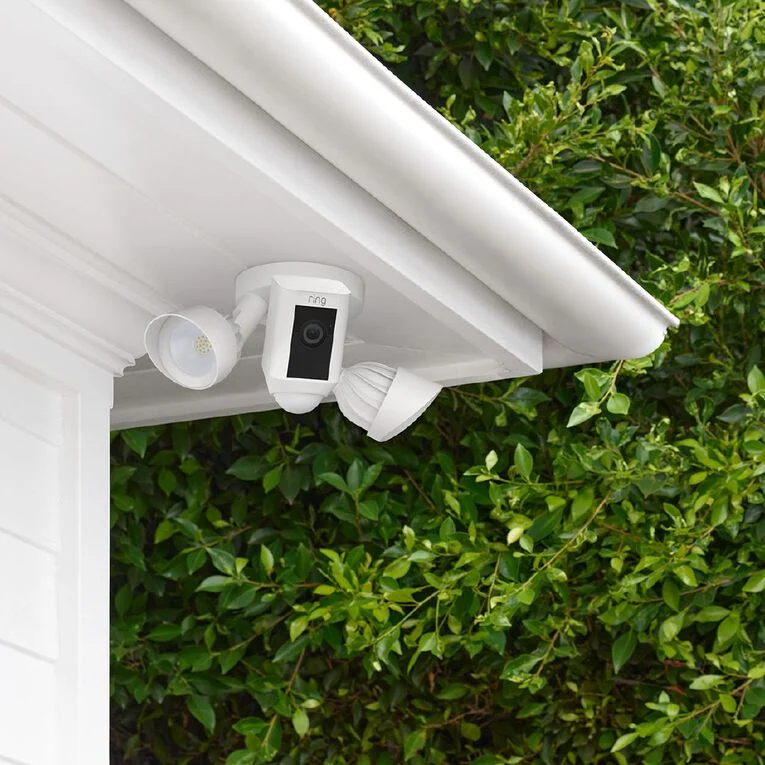
-
Wyze Cam v3
A budget-friendly option, the Wyze Cam v3 offers 1080p video quality, free cloud storage, and night vision. Despite its lower price, it has many features found in high-end models.
Eufy Security SoloCam E40
Known for its privacy, the SoloCam E40 offers local storage with no monthly fees and AI-powered detection, making it a great option for those who prioritize data privacy.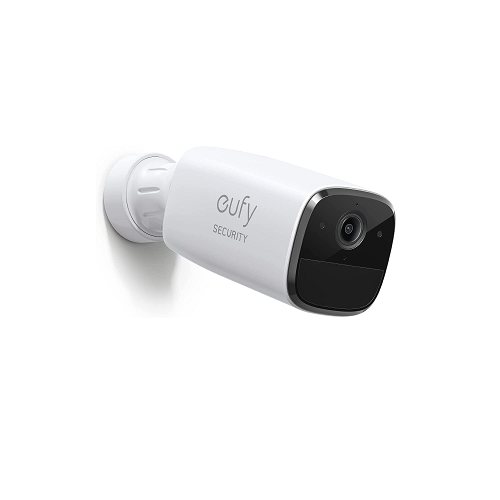
8. Conclusion.
Smart security cameras provide homeowners with a modern way to enhance security, monitor activity, and keep intruders at bay. With features like high-definition video, motion detection, and seamless app integration, they offer peace of mind whether you’re at home or away. By selecting the right smart camera tailored to your needs, you can create a safe and secure environment for you and your family.


You must be logged in to post a comment.